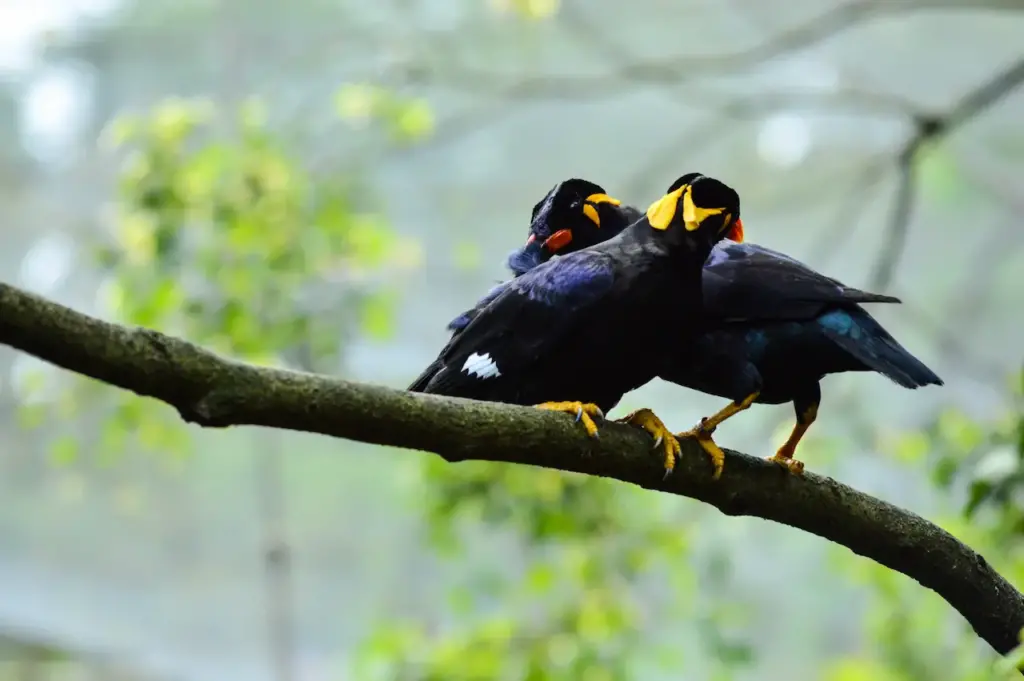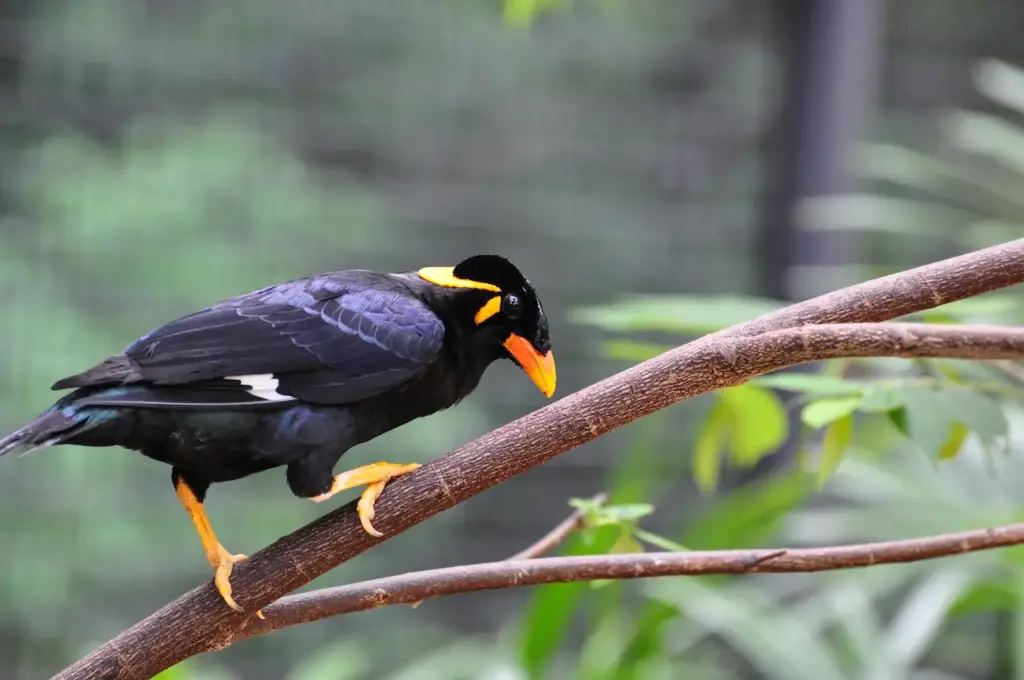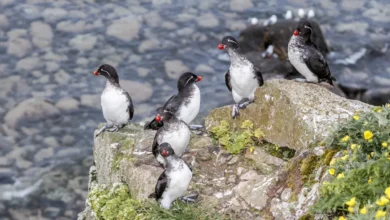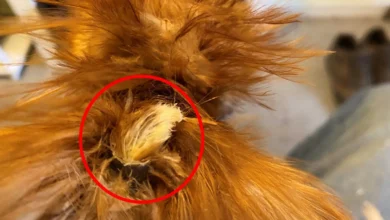The Nias Mynas or Nias Hill Myna (Gracula robusta) is endemic to the island of Nias in South East Asia and other nearby islands off western Sumatra.

The number of Nias Hill Mynahs has declined substantially in the wild due to trapping for the illegal pet trade and loss of habitat from deforestation. In a bird survey of Nias Island in 1990, Dymond failed to find any Nias Mynas in a 17-day stay.
They are now not available for the pet markets or importing, and are now protected.
Description
This is a large stocky myna, averaging 30 – 36 cm or 12 – 40.5 cm or 14 inches in length. They weigh approximately 400 grams or 14 oz. It is significantly larger than the Common Hill Myna and much larger than the Greater Indian Hill. It is the largest of all the Hill mynahs.
The Nias Hill Myna has a mainly purple-glossed black plumage. It has bright orange-yellow patches of naked skin and large fleshy yellow wattles (loose folds of skin) on the side of its head and nape. There are large white wing patches that are obvious in flight.
The massive bill is mainly red, and the strong legs are bright yellow.

Behaviour
This myna is arboreal and is found mainly in flocks in hill forests.
This bird is famous for its talking abilities and is therefore a highly sought-after pet. The Nias Hill Myna is described as a gentle bird.
Diet / Feeding
They feed on ripened fruit, especially figs. They also eat berries and seeds from a wide variety of trees and shrubs, and nectar from several kinds of flowers. Occasionally they eat insects from the foliage of trees and termites.
They may also eat a small lizard or other small mammal to feed their babies during breeding season. Mynah breeders offer mealworms for this purpose.



